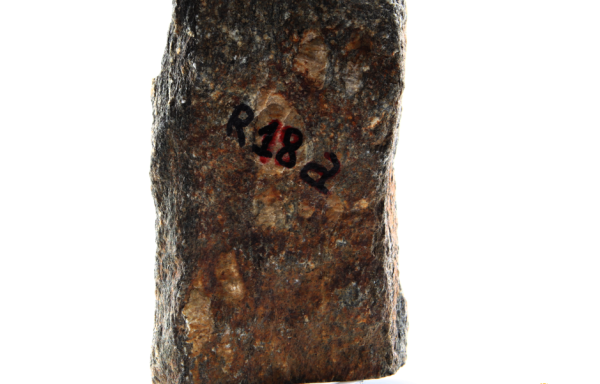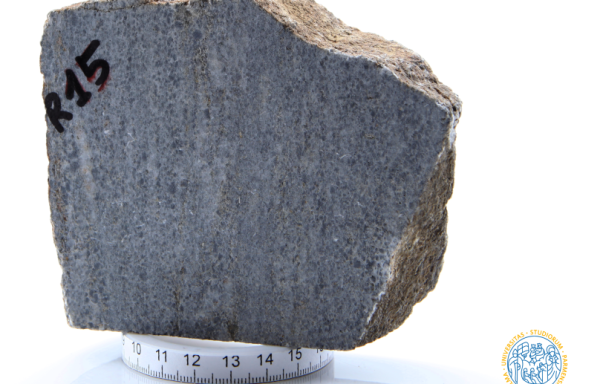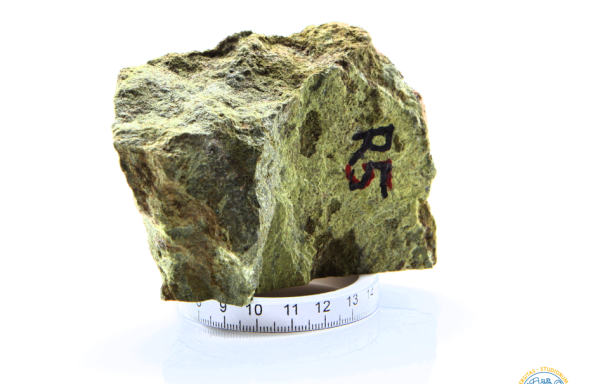
The metamorphics rocks result from changes in the environmental factors (pressure, temperature, fluids composition) over time of a previous rock (named protolith) from its initial state. The protolith can be igneous, sedimentary or a previous metamorphic rock. Metamorphism occurs below the Earth’s surface, when the protolith founds in a new environment and undergoes both physical (i.e., textural) and chemical changes. The metamorphism is a very slow process, requiring geological time in order to permit to the new mineral assemblages to form and equilibrate to the metamorphic conditions. During metamorphism, the protolith maintains a solid state and the liquids (and gases) play as catalysts in the chemical reactions that result either as recrystallization of former minerals or growth of new ones. Metamorphism may results from: intrusion of magma in the crust (contact metamorphism), with increasing temperature conditions around the igneous body and production of a thermal aureole in the crustal rocks adjacent to it; plate convergence, when folding and thrusting thicken the crust produce a progressive increase in both temperature and pressure in the buried rocks, with a concomitant increase in the geothermal gradients, to values that vary in function of the regional tectonic setting (regional metamorphism). Because the regional metamorphism occurs under directed pressure, metamorphic minerals grow aligned in a planar fabric producing a foliated texture in the metamorphic rock; hydrothermal alteration, occurring when the protolith changes as a result of chemical reactions with hot fluids, the latter dissolving and leaching elements from the protolith, transporting and precipitating the dissolved ions and producing ore deposits (hydrothermal metamorphism). For a summary of the IUGS (International Union of Geological Sciences; http://iugs.org) classification schemes recommended for metamorphic rocks click here.



